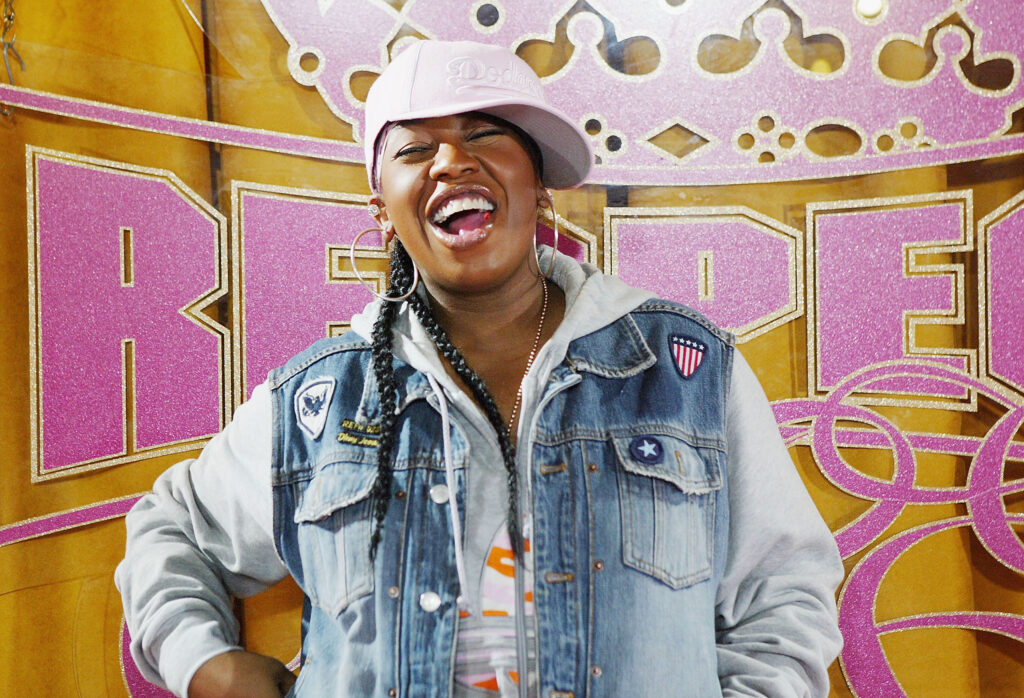Think back to the days of MySpace profiles, chunky highlights and pop-punk anthems blaring from your iPod. The 2000s were more than just a decade, they were an era defined by fearless fashion, unforgettable music and trends that still live rent-free in our memories. Now, fast-forward to 2025: the Y2K aesthetic is back and bolder than ever. If you’re ready to channel the best of the early aughts with a fresh, millennial-meets-Gen Z twist, this is your ultimate guide to reviving (and reimagining) the 2000s look today.
Why Does Gen Z Like Aesthetics?
Gen Z gravitates toward aesthetics, stylized visuals and cohesive moodboards, because social media platforms like TikTok and Instagram turn fashion into hyper-curated storyboards. The highly visual nature of 2000s aesthetics makes them ripe for that kind of nostalgic remixing. Fashion isn’t just clothes anymore, it’s content. And the early 2000s, with its flashy visuals and experimentation, serve as perfect material to filter, remix and post.
What Is the 20-Year Rule for Nostalgia?
The 20-year rule suggests cultural trends (music, fashion, films) from a given era often resurface in popularity roughly two decades later. It happens because those who grew up with those trends now hold power in media, fashion and entertainment. They’re revisiting their teenage years with a nostalgic glow. This cycle typically spans 15 to 25 years, averaging around 20 years.
The digital age has collapsed the cycle timeframe; nostalgia hits faster, with micro-trends popping up every few years. Social media speeds the remixing process, blending decades and creating cultural mashups. The Y2K resurgence is probably the last classic 20-year nostalgia loop. From here on out, expect nostalgia to move faster, overlap more and remix decades instead of waiting for them to return in order.
Is 2000s Nostalgia Coming Back?
The Autumn/Winter 2025 collections saw major fashion houses reissuing early-2000s staples: Dior revived its “J’adore Dior” tee, Chloé reimagined the Paddington bag and Alexander McQueen brought back the skull scarf. On resale platforms such as Depop, Poshmark and Instagram, early-2000s items (Juicy Couture tracksuits, rhinestone tees, micro miniskirts) are fetching rising prices as Gen Z transforms nostalgia into profit.
Elsewhere, retailers that defined the early 2000s, like Hollister, Abercrombie & Fitch, Old Navy and Gap, are reviving classic pieces such as camisoles with contrast lace, boot-cut jeans, halter tops and prairie skirts.
Icons To Look to for Y2K Outfit Inspiration
From red carpets to music videos, Black celebrities were at the forefront of Y2K fashion, shaping everything from casual streetwear to statement-making performance looks. The 2000s were shaped by countless trendsetters, but these Black celebrities left an especially lasting mark on fashion, and they remain the perfect muses for channeling Y2K style today.
Aaliyah

Even though she passed away in 2001, Aaliyah’s influence was everywhere in the early 2000s. Her signature look, baggy cargo pants, crop tops, bandanas, tinted shades and body chains, set the tone for Y2K street style. She’s still one of the most cited inspirations for the sporty-sexy aesthetic Gen Z is reviving today.
Lil’ Kim

The undisputed fashion risk-taker of the 2000s. From custom Louis Vuitton bikinis to head-to-toe monochrome fits, Lil’ Kim owned the red carpet and music videos with unapologetic glamour. Her bold colors, ultra-glam nails and daring silhouettes are textbook Y2K energy.
Kimora Lee Simmons
Through Baby Phat, Kimora Lee Simmons literally designed the look of the 2000s. Rhinestoned logo tees, velour tracksuits, denim minis and oversized hoop earrings were essentials. Baby Phat’s relaunch in the 2020s proves just how timeless her Y2K vision was.
Beyoncé (Destiny’s Child Era)

In the early 2000s, Beyoncé and Destiny’s Child served coordinated looks that mixed glamour with edge – think metallic crop tops, lace-up leather pants and bold accessories. Their styling remains a masterclass in balancing stage presence with everyday wearable inspiration.
Missy Elliot

Missy’s videos were pure Y2K experimentation, futuristic silhouettes, oversized tracksuits, metallic puffers and bold accessories. She defined the playful, avant-garde side of the era. Artists like Lizzo, Doja Cat and Cardi B all pull from Missy’s 2000s visuals today.
Will Nostalgia Continue to Grow?
Fashion itself has normalized nostalgia. According to a Vogue feature, nostalgia has become “a default mode within the industry,” not just a passing trend. Designers and brands continue revisiting bygone eras, often because consumers and creatives find comfort in the familiar. Experts point out that nostalgia on social media is a form of emotional coping and connection. TikTok’s algorithms amplify content that triggers happy, familiar memories, making nostalgia not only comforting but highly shareable.
The acceleration of cultural cycles means nostalgia isn’t limited to one past era. The concept of the “revival spiral” suggests we’re now nostalgic not just for decades past but also for the recent past. The pandemic intensified this trend, prompting nostalgia for even very recent years, like the late 2010s or early 2020s.
As long as social media amplifies content, cultural change feels uncertain, and memory offers solace, the appetite for looking back will only deepen.
Frequently Asked Questions
What was the 2000s aesthetic called?
The 2000s aesthetic is most often referred to as Y2K fashion, short for “Year 2000.”
At what age does nostalgia kick in?
Psychologists often point to the “reminiscence bump,” a period between the ages of about 15 and 25, when people form especially strong memories tied to music, fashion and pop culture. As a result, nostalgia often kicks in during someone’s late 20s to 30s.
What decade has the most nostalgia?
There isn’t a single “most nostalgic” decade, it depends on the generation experiencing it. However, cultural critics note that the 1980s and 1990s tend to dominate nostalgia cycles, thanks to their influence on both film and fashion, as well as the fact that Millennials and Gen X (two large consumer groups) came of age during those decades.
